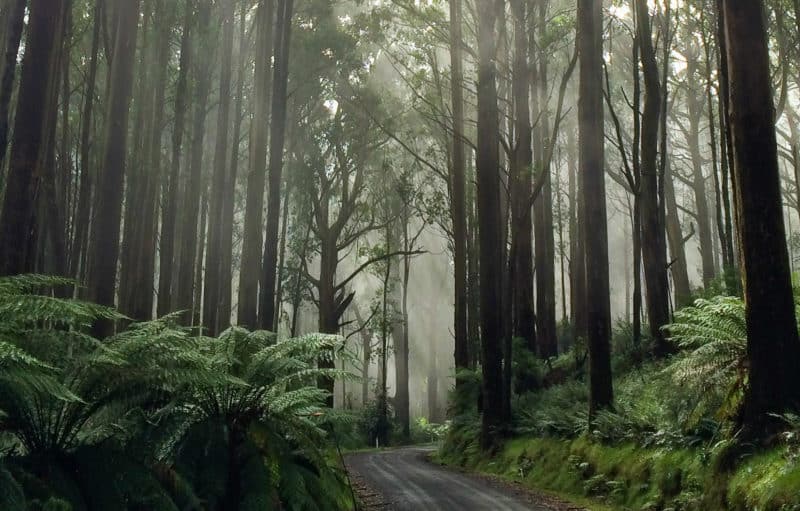MEDIA RELEASE 26 March 2021 |
Conservation groups back plans for action on feral horses in the Alpine National Park.
These hard-hooved grazers are wrecking the park’s highly vulnerable alpine peat beds and wetlands, and potentially pushing already threatened species of plants and animals towards extinction. The high country’s beautiful but rare mammal, the Tooarrana, is threatened as well as the Alpine Tree Frog, Alpine Water Skink and many other species.
The Victorian National Parks Association welcomes Parks Victoria’s proposed plan, released today, to control feral horses in Victoria’s Alpine National Park. The important next step is to make sure the plan is actually implemented.
“State and national laws, backed by international agreements, all call for feral animals to be controlled in national parks. Horses are a domestic farm animal, and have no place in one of our most vulnerable and prized natural areas“, said Victorian National Parks Association spokesperson Phil Ingamells.
Over the last couple of years, Parks Victoria has faced a series of legal actions from pro-horse groups aimed at protecting horses in the park, but those moves failed. Indeed they only served to highlight the considerable environmental damage horses inflict on the high country of Victoria and NSW.
Importantly, horses can suffer dreadfully in heavy snow, drought or fire; leaving them to fend for themselves in the high country is not kind to them. Parks Victoria’s plan to rehome horses where possible, but otherwise to employ professional ground or aerial shooters, is backed by leading animal welfare authorities.
The Alpine National Park is still recovering from 150 years of cattle grazing. It’s time to increase our management of a range of other hard-hooved grazers such as deer, pigs, goats and horses.
“There is no doubt that action is needed to control horses and other pests. It’s time to restore the health of the high country, to reverse declines in a host of threatened species, and to hand our precious Alpine National Park on to future generations in good and improving condition,” said Victorian National Parks Association spokesperson Phil Ingamells.
More information
